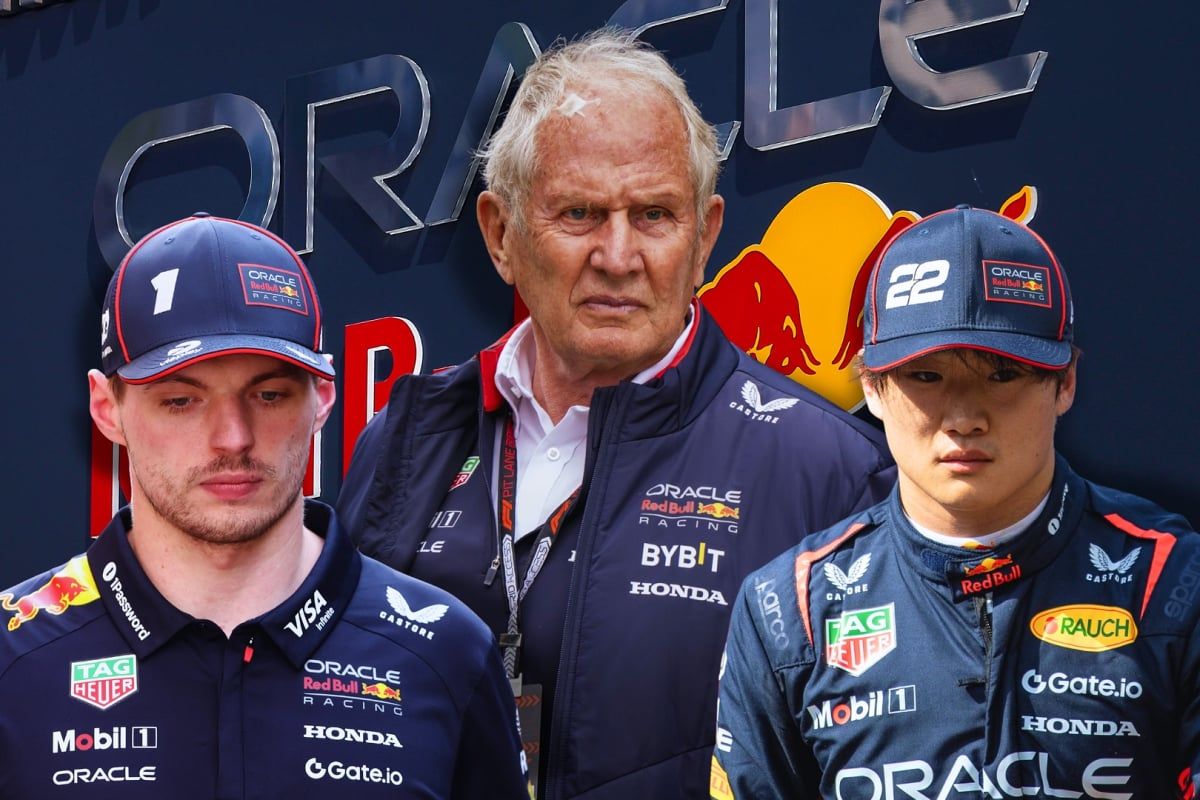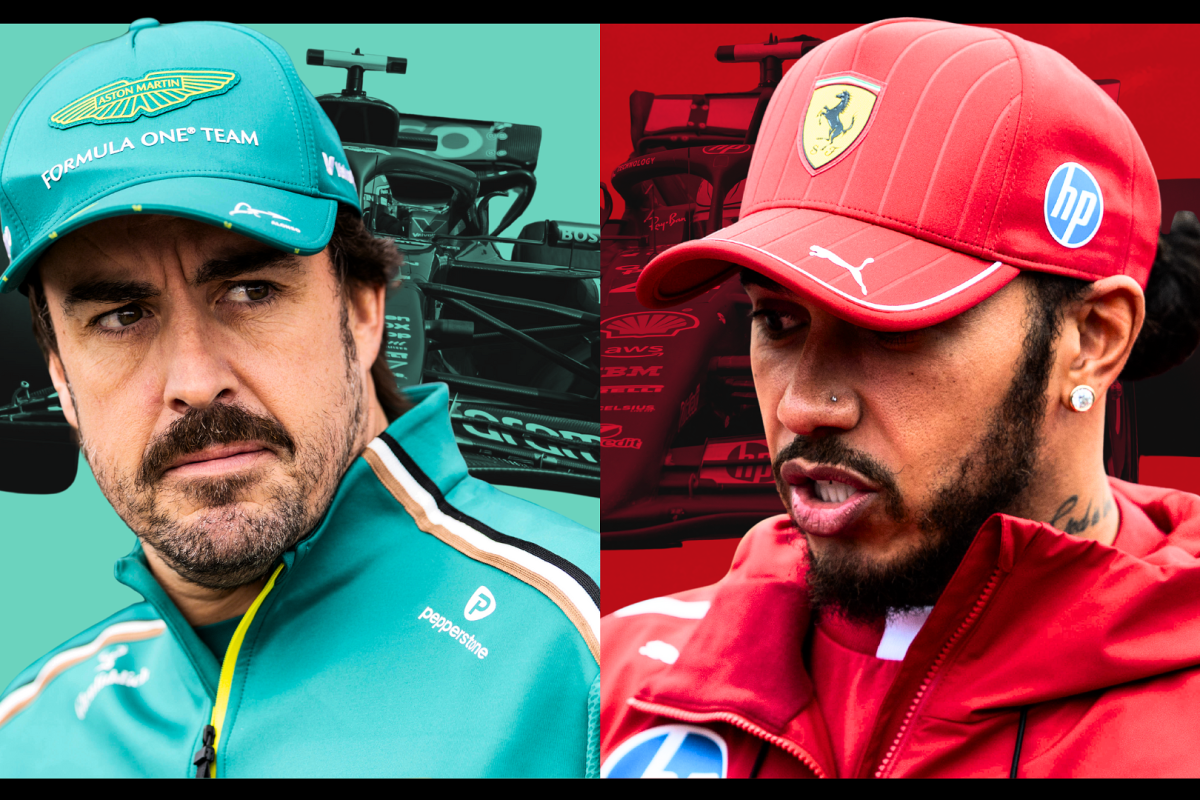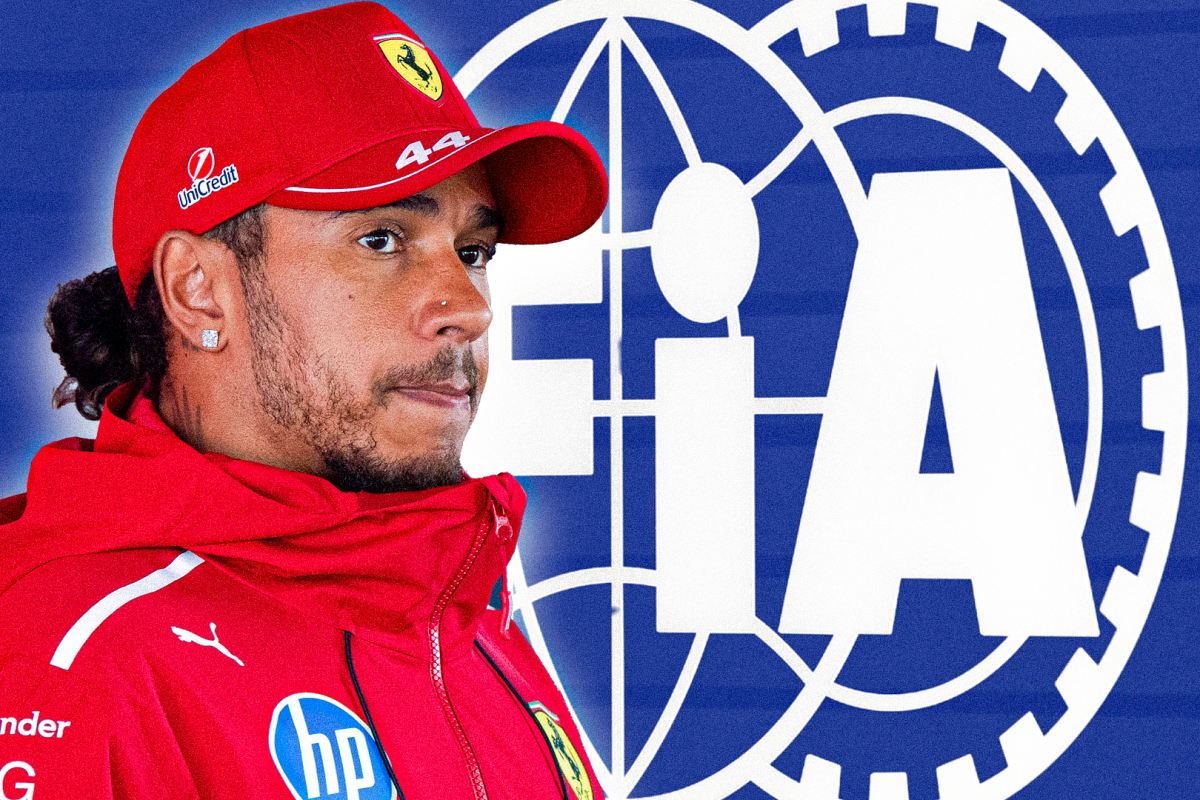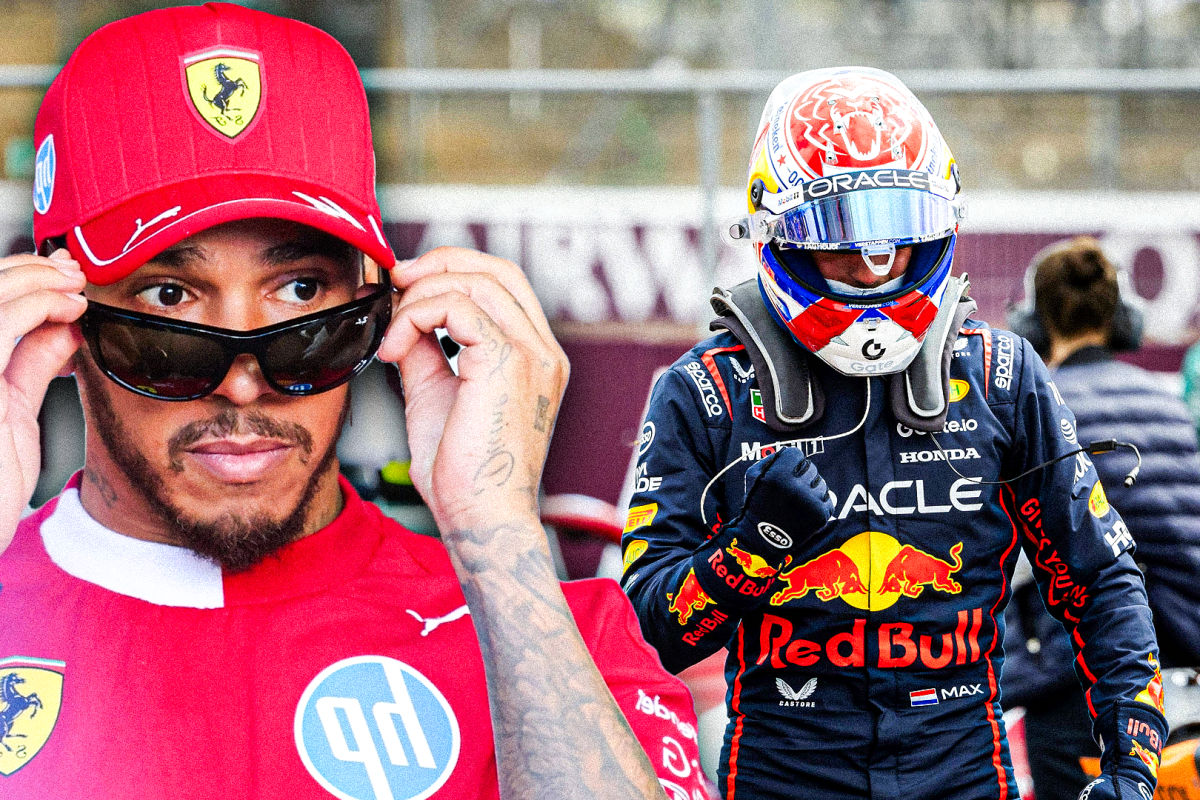Lewis Hamilton is out in Q1 at Spa after having his lap deleted for track limits.A Lap Deleted, a… read more
Lewis Hamilton, a seven-time Formula 1 World Champion renowned for his blistering pace and strategic brilliance, suffered a devastating qualifying setback at the iconic Spa-Francorchamps circuit. His hopes of a strong performance in the Belgian Grand Prix were dashed when a controversial track limits violation resulted in the deletion of his fastest lap, relegating him to a disappointing 16th position on the starting grid. The incident, punctuated by Hamilton’s evident frustration and the ensuing media scrutiny, serves as a stark reminder of the unforgiving nature of modern Formula 1 qualifying and the minute margins of error that can define a driver’s race day.
The incident occurred during Q1, the initial phase of qualifying that determines the field for the race, where drivers strive to secure a spot in subsequent rounds. Hamilton, known for his meticulous driving approach, was seemingly in the midst of a strong qualifying run, pushing his Mercedes W14 to its limits on the demanding Spa circuit. However, as the data emerged, it was revealed that a portion of his lap, crucial for his qualifying time, transgressed the defined track limits. The stewards, upholding the rules governing track limits, subsequently deemed the lap invalid, a decision which sparked instant debate within the paddock and among the viewing public.
While the specific location of the track limit violation remains undisclosed, the action underlines the increasing emphasis on precision and the uncompromising nature of the regulations in modern Formula 1. This stringent approach aims to maintain the integrity of the sport by preventing drivers from gaining an unfair advantage through slight infringements. However, the interpretation and application of these rules frequently come under the microscope, as they can be subjective, especially when examining the finer nuances of driving performance. The ever-present threat of a deleted lap creates an added pressure on drivers already under immense pressure in qualifying.
Hamilton’s reaction, characterized by a mix of disbelief and frustration, reflected the disappointment inherent in such a crucial setback. The ensuing media coverage focused on the nuances of the decision, with commentators and experts dissecting the possible causes and implications. The discussion extended beyond the specific incident to the broader context of track limits and the evolving rules surrounding them. The questions surrounding the enforcement of these regulations are not new. However, the case of Hamilton highlights a critical aspect of the sport, where even the slightest deviation can have significant consequences.
The incident at Spa comes at a particularly challenging time for Hamilton and the Mercedes team. The team has experienced inconsistent performance throughout the season, often struggling to match the pace of their rivals. The setback in qualifying only exacerbates the pressure, as Hamilton now faces the uphill task of overcoming a significant grid penalty to recover and maintain a competitive position in the race.
The race will undoubtedly test Hamilton’s resilience. Starting from P16, he faces the daunting task of navigating a packed grid, weaving through cars and overcoming potential tactical difficulties. He will need to make significant gains early in the race to catch up with the leaders and contend for points. This demands not only exceptional driving but also a skillful strategy to capitalize on any unforeseen opportunities.
The impact of this qualifying setback extends beyond Hamilton’s individual performance. It underlines the volatility of Formula 1 and the delicate balance between adhering to regulations and achieving competitive success. The incident raises questions about the role of technology in enforcing track limits, the subjectivity in interpretation, and the need for clear and consistent communication between the stewards and the drivers.
While Hamilton’s experience at Spa is certainly a setback, it also serves as a testament to the rigorous and demanding nature of Formula 1. His strong track record suggests he will likely demonstrate his resilience and fight spirit in the race, potentially making up lost ground through his mastery of the car and track. The Belgian Grand Prix promises to be an intriguing spectacle, with Hamilton facing a significant challenge to recover from this qualifying hurdle. The race will be closely watched, not only for its own merits but also as a case study in the complex interplay between driver performance, technical regulations, and the often-unpredictable outcomes in Formula 1.




